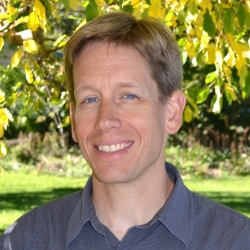NOAA Earth System Research Laboratory
and Department of Chemistry, University of Colorado
The Atmospheric Chemistry of Winter
Thursday, May 28, 2015, 2:30 PM
103 Life Science Bldg.
York University
Abstract: The study of lower atmospheric chemistry, at least at northern mid-latitudes where a large fraction of the world’s population resides, has largely been a story of summertime phenomena. Rapid, summertime photochemical oxidation converts primary emissions into secondary pollutants, such as ozone and aerosols, in regions very near the emission sources, leading to significant impacts on air quality and human health. Winter oxidative processes tend to be much slower, allowing for wider dispersion of primary pollutants and generally weaker air quality impacts in the immediate vicinity of source regions. Yet there remain interesting and important chemical cycles that are dominant in winter and that remain poorly understood. Chief among these is the heterogeneous chemistry of nitrogen oxides, whose study has produced numerous surprises in recent years. In some cases there are also surprisingly large impacts in winter, such as the recent observation of very high ozone occurring only in winter in oil and gas producing regions of western United States. This presentation will survey key recent findings from a series of wintertime field intensives spanning both coasts and interior of North America, as well as some limited field data from Asia.
Schiff Brochure - 2015 Y-File Post

